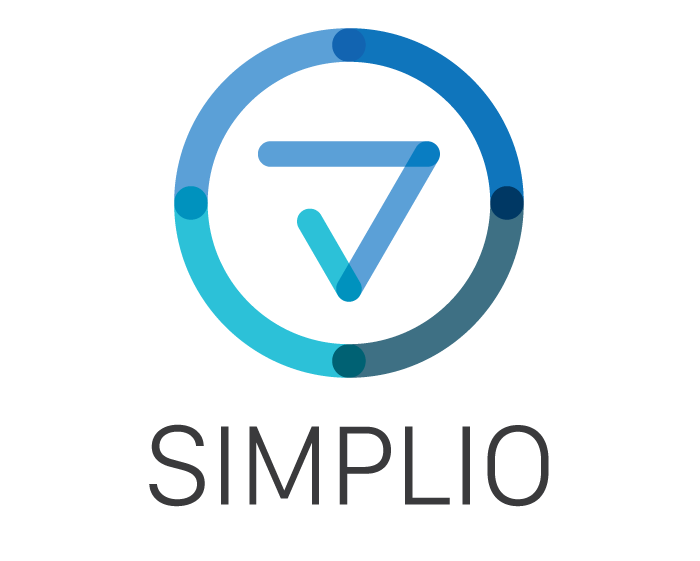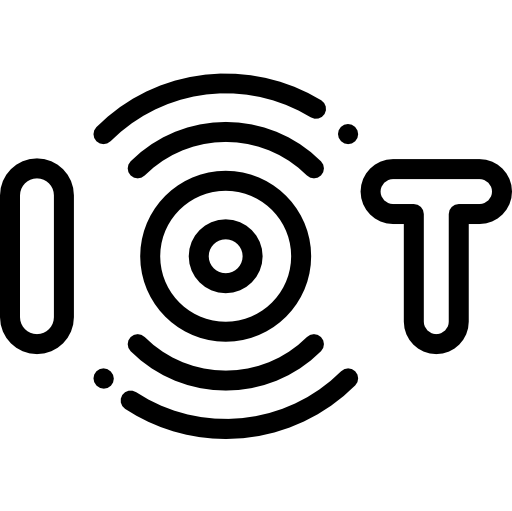Supply chain issues have affected IoT’s growth, but moves toward 5G and more intelligent data analysis capabilities could help IoT gain traction in 2023.
The Internet of Things — where machine-based intelligence, monitoring and connectivity are built into more and more devices and systems for consumer, commercial and civic applications — is having an increased impact on our lives and work in 2023.
2022 IoT challenges and advances
Some civic IoT investments were delayed during the pandemic, and chip shortages due to factory shutdowns and supply chain problems made IoT technology unavailable in many industries, such as the automotive sector. Although there are significant investments in building new semiconductor fabrication plants to meet increasing demand, these new fabs can take more than two years to come on line. Thus, the shortages that appeared in 2021 may not be fully resolved until sometime in 2024. An interesting trend to relieve some supply chain issues is the building of new semiconductor fabs closer to demand.
In 2022, major advances were made in AI software algorithms and hardware to train these models on. Many companies are working to accelerate the rate that IoT-derived data can be analyzed and turned into useful insights in data centers and at the edge. Also, with more IoT devices collecting data, there is more data for analysis and training. Once these models have been created in data centers, they can be implemented as an inference engine at the network edge or in IoT endpoint devices to enable new and better-performing applications. Some of these models can also learn locally, adjusting their capabilities as they gain experience with data in the field.
IoT in industrial settings also increased in 2022, and according to a recent survey from IEEE, industrial IoT will be one the most important areas of technology in 2023. This year’s increase was partly in response to worker shortages and infection concerns during the pandemic. IoT-capable factories can combine greater monitoring and local intelligence with robotics and automation to take over some operations that would otherwise require people to work in proximity to each other. With the intelligence of IoT-based systems, humans are increasingly filling roles where their unique capabilities to make decisions using both objective and subjective criteria can be combined with machine intelligence to create safer and more efficient factories.
IoT drives growth in 2023 and beyond
IoT Analytics projected that 2023 will see a growth of IoT devices by 18% to 14.4 billion, and by 2025, this could increase to 27 billion connected IoT devices. One of the trends in 2023 that will enable this growth is the increased replacement of 2G/3G wireless networks with 4G/5G networks. This will particularly increase connectivity in urban communities, but many rural areas will still depend on lower-performing networks. That will widen the digital divide between wealthy urban areas and poorer rural areas.
Another enabler of IoT growth in 2023 will be the gradual relief of many chip shortages as new production goes on line but perhaps also due to lessening demand. Although chip shortages are projected into 2024, declining demand due to financial uncertainty has caused prices on many chips, including dynamic RAM (DRAM) and NAND flash, to decline. Lower prices on components will result in lower costs for the end IoT products, which could accelerate further adoption and perhaps limit any potential financial downturn.
Because it is a growing market, IoT is attracting many new technological developments that will drive growth in 2023 and beyond. These developments include changes in computer architectures — driven in part by changes in storage and memory approaches — that will affect the way data is stored and processed in data centers and at the network edge. This will result in less data movement and lower power data processing. Also, new chiplet packaging technology will enable denser and more specialized chip-based systems, including at the network edge and in endpoint IoT devices. Further in the future, fundamental changes in computer processing could impact IoT applications.
Disaggregation of traditional data center servers and composing virtual computing systems enable more efficient data processing, as well as lower power consumption. Much of the data processed in data centers is from IoT applications, and as IoT grows, this processing will grow. Non-volatile memory express, Compute Express Link and the changes in computer architecture they enable will reduce the costs of many IoT applications.
In addition to this system disaggregation, traditional semiconductor device design is undergoing its own disaggregation with the introduction of chiplets. Chiplets separate many of the traditional CPU functions into separate smaller chips that are connected to each other with high-speed interconnects on a small package. In 2022, a new standard, called Universal Chiplet Interconnect Express (UCIe), was introduced that will enable specialized chips from many manufacturers to be combined together in a compact package. This enables the creation of more specialized semiconductor chiplet packages for special applications and creates the need for a new type of foundry for assembling chiplets into a UCIe package. UCIe will enable more efficient semiconductor devices for data centers, the network edge and IoT endpoint devices.
Lower prices on DRAM, NAND flash and other important semiconductors for IoT devices and the increasing density of these memory devices will lower the costs and increase the capability of these devices. In addition to these traditional memory technologies, there are emerging non-volatile or persistent memory technologies that are starting to show up in IoT devices. In particular, magnetic RAM (MRAM) and resistive RAM are used in some consumer IoT devices, such as wearables. Replacing static RAM with a non-volatile memory, such as MRAM, enables more lower-power states when the IoT device is not being actively used. For energy-constrained applications, such as those that run on batteries, this increases the usefulness and life on a charge for the IoT device.
https://www.techtarget.com/iotagenda/opinion/IoT-trends-to-keep-an-eye-on


